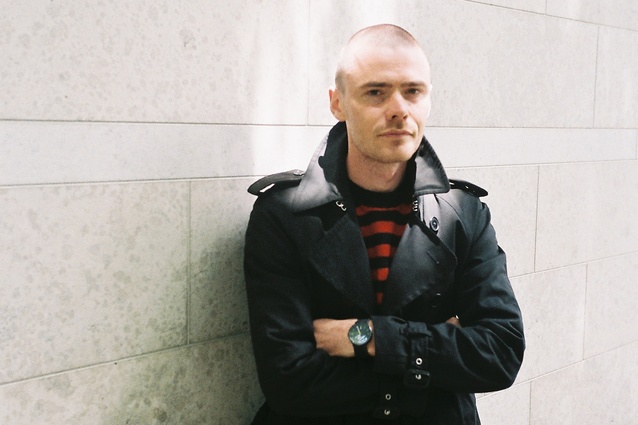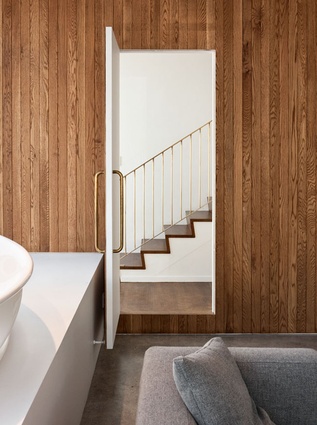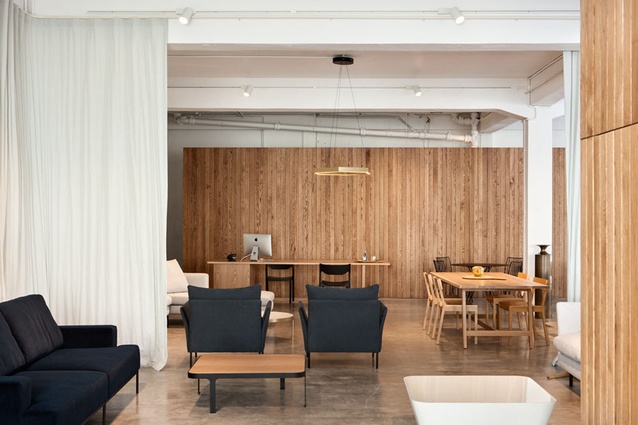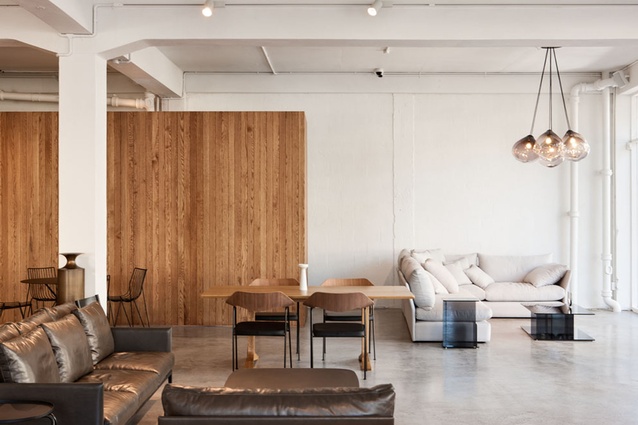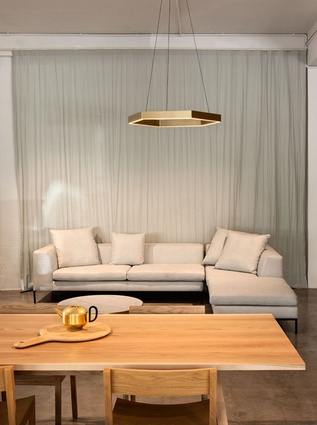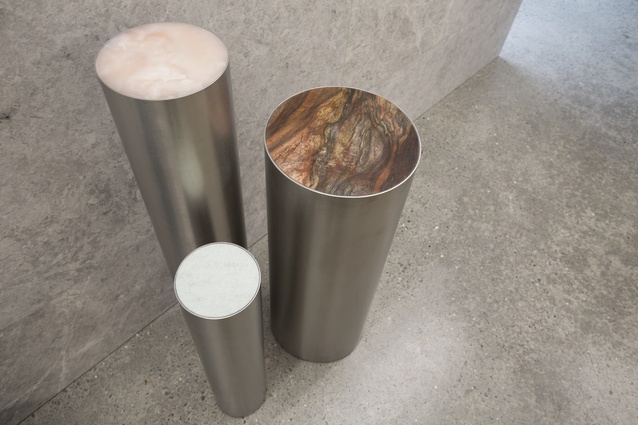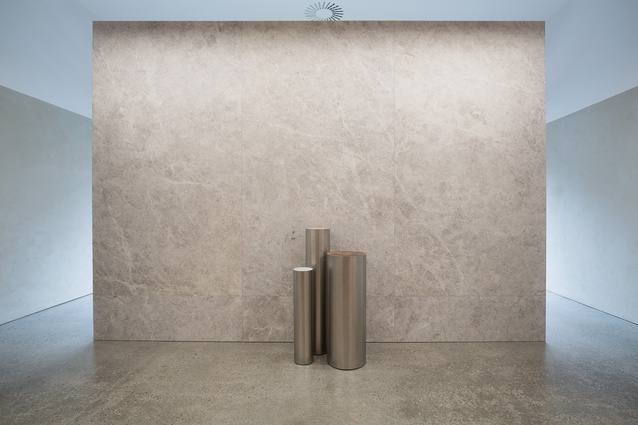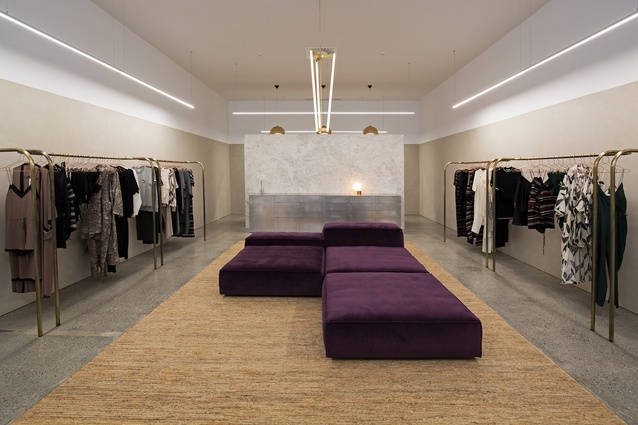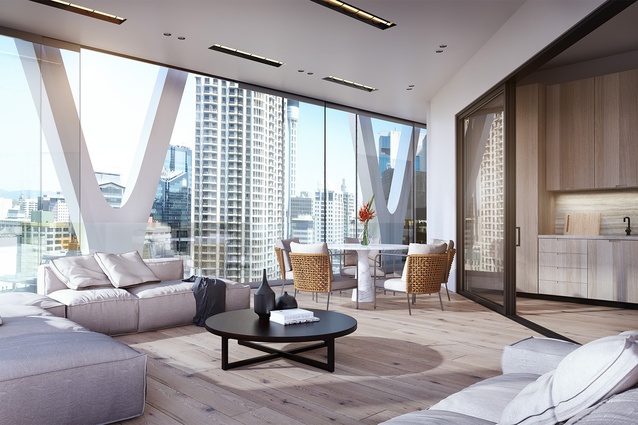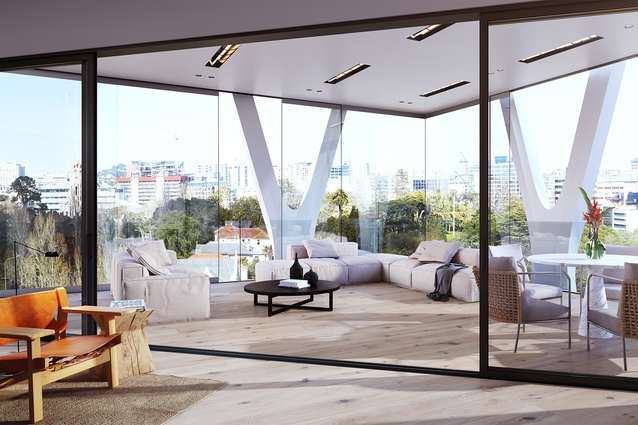Ideas man
Through a clever mix of materiality and context, interior designer Rufus Knight is amassing an impressive list of work. The brains behind Urbis’ Best Retail Interior of 2015 talks about the ideas behind it all.
Urbis: Your career has really taken off – you have kept up a role in Belgium, New Zealand and now a project in Italy. Are you surprised, shell-shocked, going with the flow or did you expect this to happen?
Rufus Knight: A combination of all those things. It was an incredible opportunity and learning experience to work with Vincent Van Duysen in Antwerp, and it was great to have a growing level of enquiry for my projects in New Zealand, although at times it felt like I couldn’t give either the commitment they deserved.
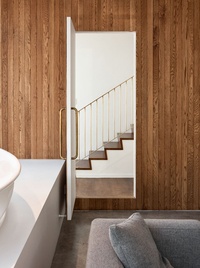
My time with Fearon Hay was the best foundation for managing the increased expectations and having the confidence to manage projects in New Zealand. But now, having spent time with Van Duysen and his team, and having had exposure to interior design as an industry in Europe, I feel I can contribute something original to my practice here.
Urbis: What is your driving philosophy for residential interiors?
RK: My approach would probably be based around history, context and materiality. I’m less concerned about controlling particular aesthetics and more interested in how projects place themselves in cultural contexts. To me, this feels less didactic – more intuitive. Also, I like the universality of these ideas; that a retail store can be an extension of brand philosophy through specific design strategies, or that the form and materiality of a private residence can be informed by local vernacular and history.
Urbis: Tell us about your dream home.
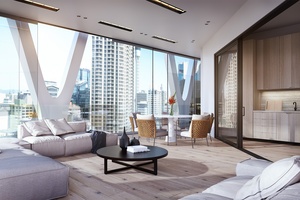
RK: Again, it would be less about aesthetics and more about history, context, materiality. My preference would be for a number of small, bach-like residences in places that are special to me – Hawke’s Bay, the Central Plateau, Northland, the Canterbury Plains – in the spirit of the houses of Donald Judd or Georgia O’Keeffe. The only ‘must-haves’ would be a sense of warmth and tactility – as far away from any clichéd minimalist ideals as possible.
Urbis: You are currently designing some interior spaces in a grand palazzo that is also housing New Zealand’s official exhibition at the 2016 Venice Architecture Biennale. How did this eventuate and what is your vision for these spaces?
RK: These rooms in the Palazzo Bollani are not part of the New Zealand exhibition, which is is being designed by a creative team led by Charles Walker and Kathy Waghorn, but they sit alongside the exhibition. They’re intended to showcase New Zealand design and creative endeavour to a sophisticated international audience.
There’s a ‘New Zealand Room’, which can serve as a hosting space, and a ‘Reading Room’, which will be a more informal space where visitors to the exhibition can put their feet up, and read about New Zealand architecture and design. The design for these rooms is simple as they are really to service the main event; but they will have commissioned furniture, lighting, and textiles from both established and up-and-coming New Zealand designers.
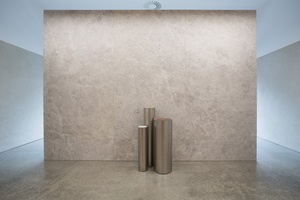
Urbis: You have commented that New Zealand does not have a long tradition of interior design, but is more focused on bringing the outside in. Do you see this changing?
RK: To be honest, I don’t see this changing unless New Zealand interior designers can produce a finish that is equal to (or surpasses) the high-level of architectural thinking we have here. At the same time, they need to put an identity and relevant design vocabulary around what constitutes good interior design and why it matters.
It is equally important to nurture good interior photographers, stylists and artisans – furniture, textiles, ceramics – that contribute to the broader picture of the industry. I think the Lonely stores belong to a group of recently completed works like the French Kitchen, Saan restaurant, and the Eyrie cabins in Kaipara, which are starting to evidence this more complete thinking about what constitutes good interior design and what shape the future of New Zealand interiors will take.

